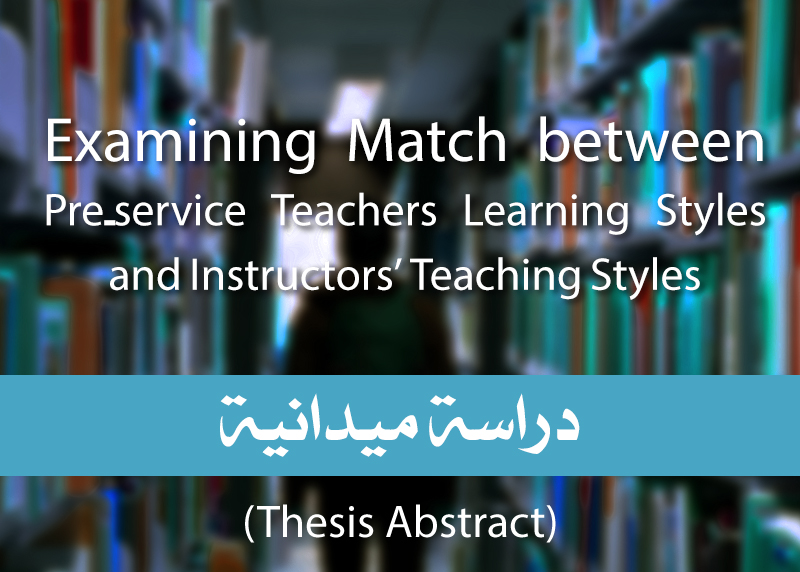Examining Match between Pre-service Teachers Learning Styles and Instructors’ Teaching Styles




1. What are the most common learning styles identified among the students majoring in Education?
2. How do students’ learning styles differ according to age, university grade level, and emphasis?
3. How do instructors identify and address their students’ learning styles? What do instructors do when there’s a mismatch?
تعليقات